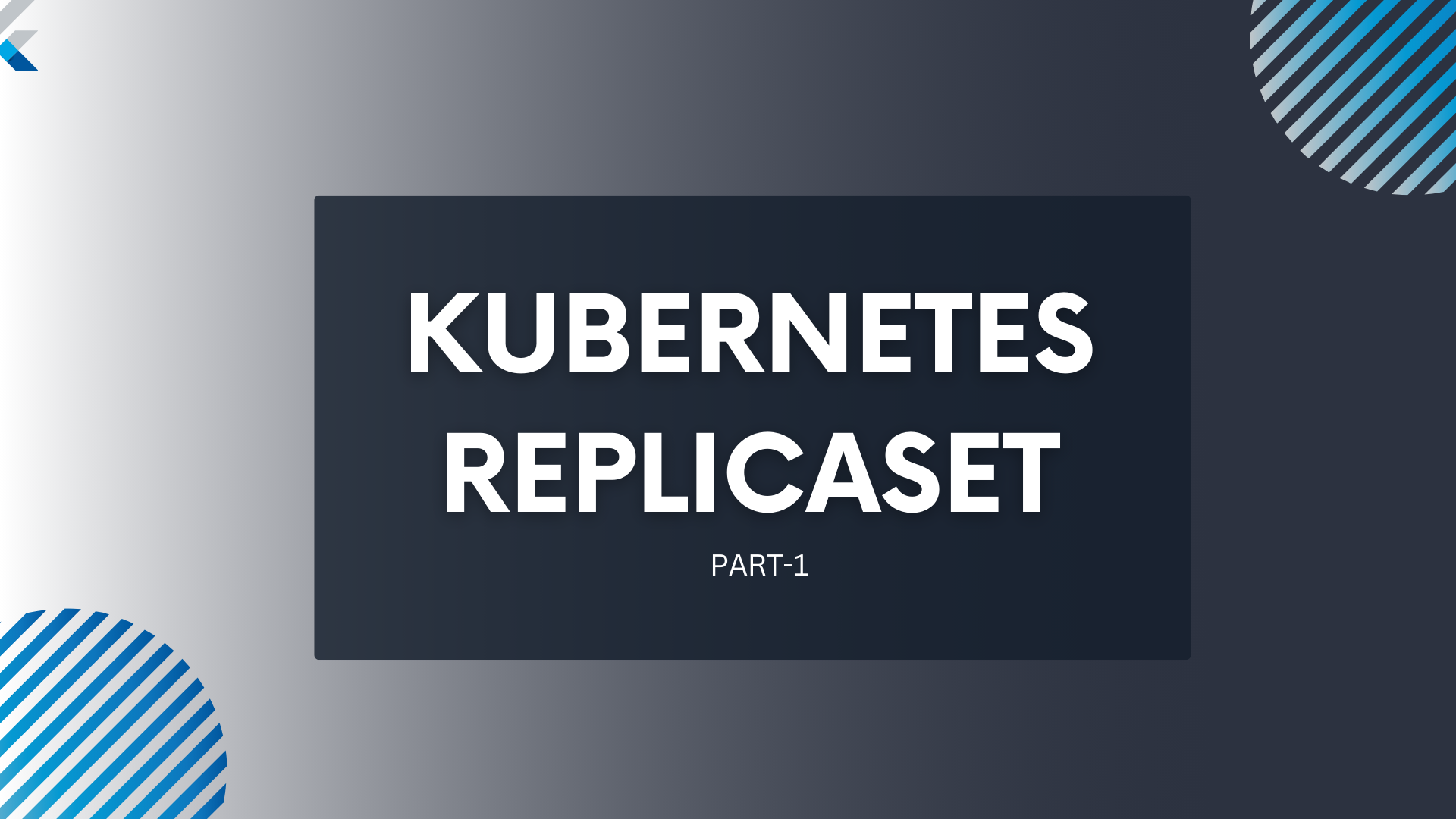Kubernetes ReplicaSet: An Introduction
 Rohit Deore
Rohit Deore
In the dynamic world of container orchestration, ensuring the availability and scalability of your applications is crucial. This is where Kubernetes ReplicaSet comes into play. Let's delve into what ReplicaSet is, why it's important, and how it works within the Kubernetes ecosystem.
Understanding ReplicaSet
A ReplicaSet in Kubernetes acts as an organizer for a group of identical Pods. Its main job is to keep a specific number of these Pods running all the time. This guarantees uninterrupted access to our application, even if a Pod stops working.
The ReplicaSet also offers additional assistance. It can quickly replace a failed Pod with a new one or adjust the number of working Pods as needed. If we require fewer Pods, it can handle this smoothly.
In simple terms, a ReplicaSet ensures that we always have the right number of Pods in operation and fairly distribute tasks among them. It's like having a dedicated team ready to handle any changes or challenges that may arise. 🚀👥
The Significance of ReplicaSet
1. High Availability and Fault Tolerance:
- ReplicaSet ensures that a specific number of pod replicas are running at all times. In case of pod failure, it swiftly replaces them to maintain the desired state.
2. Scalability:
- It enables horizontal scaling by adjusting the number of pod replicas. This is essential for handling increased workloads and user demands.
3. Load Distribution:
- Incoming requests or tasks are evenly distributed among the pods, preventing any single pod from becoming a bottleneck.
4. Zero Downtime Deployments:
- When deploying a new version of an application, ReplicaSet ensures that new pods are up and running before terminating the old ones. This minimizes downtime during updates.
Core Concepts of ReplicaSet
1. Selector:
- A ReplicaSet employs a selector to identify and manage the pods it is responsible for. This selector is defined in the ReplicaSet's configuration.
2. Pod Template:
- It creates and manages pods based on a template. The template specifies the characteristics of the pods, including container images, volumes, and other settings.
3. Desired Replicas:
- The ReplicaSet's configuration specifies the desired number of pod replicas. The ReplicaSet works hard to maintain this desired state.
4. Label-Based Matching:
- ReplicaSet uses labels to distinguish and manage pods. The pods selected by the ReplicaSet possess labels that match the selector defined in the ReplicaSet's configuration.
Use Cases of ReplicaSet
High Availability and Redundancy: Ensuring that a specific number of pods are always running to prevent service interruptions.
Load Balancing: Distributing incoming traffic evenly among multiple pods to prevent overloading.
Scaling Applications: Automatically adjusting the number of pod replicas based on demand to handle increased workloads.
Zero Downtime Deployments: Rolling out updates or new versions of an application without disrupting service availability.
Stateless Services: Managing multiple instances of stateless applications for improved reliability.
Batch Processing: Scaling up pods for batch jobs and scaling down when resources are no longer needed.
Fault Tolerance: Automatically replacing failed pods to maintain a consistent state.
Resilience to Hardware Failures: Ensuring that a specified number of pods remain operational even if underlying hardware fails.
Testing and Development: Creating identical environments for testing, development, and staging purposes.
Resource Efficiency: Managing pod replicas based on resource utilization to optimize usage.
Thank you for taking the time to explore the world of ReplicaSets with me. Your readership is greatly appreciated! If you have any questions or comments, feel free to share them below. Happy deploying! 🚀
Keep Exploring...
Subscribe to my newsletter
Read articles from Rohit Deore directly inside your inbox. Subscribe to the newsletter, and don't miss out.
Written by

Rohit Deore
Rohit Deore
Student and Developer